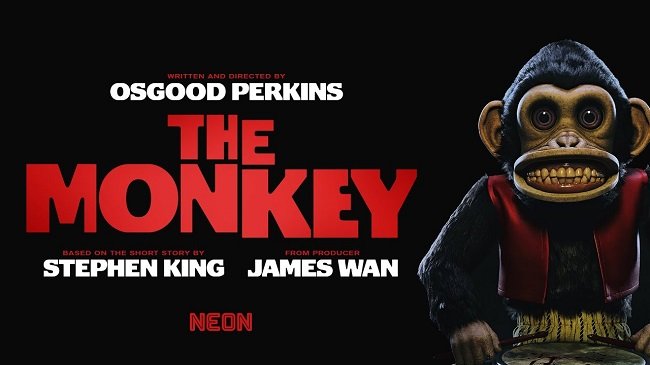The Sentinel (1977)
During the seventies, the success of several disaster movies indirectly started a trend for all-star casts. Then when the horror genre became a bankable commodity once again and Hollywood started pouring money into such productions, the casting of famous actors both old and new continued. Hence Michael Winner’s 1977 adaptation of The Sentinel, based upon the book by Jeffrey Konvitz, features multiple stars from forties and fifties Hollywood. Their presence adds some gravitas to the production but like so many of the director’s other films, there is an unseemly and somewhat unpleasant quality to The Sentinel. Perhaps a different director could have brought the various elements of the story together more successfully. Winner creates both atmosphere and shocks, but it is all a little too knowing. He also commits a cardinal sin at the film’s climax. Casting disabled actors for shock value as the denizens of hell.
Alison Parker (Christina Raines) is a fashion model who suffers from neurosis, which has led to several suicide attempts. When she moves into a Brooklyn Heights brownstone, she notices that the top floor apartment is occupied by a blind priest, Father Halliran (John Carradine), who continuously sits at the window. Overtime, Alison starts suffering from fainting spells and insomnia. She also hears unexplained noises. Her neighbours are also somewhat odd, including the eccentric, elderly Charles Chazen (Burgess Meredith), and the female couple Gerde (Sylvia Miles) and Sandra (Beverly D'Angelo). She even attends a bizarre birthday party for Chazen's cat. Alison decides to share her concerns with the rental agent Miss Logan (Ava Gardner) but is perplexed to be told that her and the blind priest are the building’s only tennants. Alison's boyfriend Michael (Chris Sarandon), who is a lawyer, contacts a corrupt detective called Brenner (Hank Garrett), to investigate what is happening.
The all-star cast of “Hollywood legends” certainly adds to the allure of The Sentinel. The fact that such actors as Burgess Meredith, Ava Gardner and Jose Ferrer get to play such baroque and grotesque characters is intriguing. The screenplay, which was adapted by both Jeffrey Konvitz and Michael Winner, retains many of the themes from the original book such as hidden trauma and the stigma of attempted suicide. The make-up effects are unpleasant but exemplary, created by industry legend, Dick Smith. This was the age of the big budget horror film with studios eager to recreate the box office success of The Exorcist and The Omen. Hence The Sentinel seeks to replicate many of the horror tropes seen in those movies. Overall, this is a professionally made picture with good quality production values. Yet despite all this, the various elements don’t quite seem to fit and the film feels off.
The best and most revered horror films are those made by people who understand the versatility of the genre and how it can be successfully used to explore complex themes and make intelligent commentary on the human condition. The Exorcist and Dawn of the Dead are two fine examples of this. However, Michael Winner is a divisive film maker. Often with his films, there comes a tipping point where the viewer may consider is he genuinely subverting the genre and its themes to do something original, or is he mocking the material and the audience? I can’t help but feel that Winner was not the right sort of director for The Sentinel. He claimed that he was inspired by the paintings of Hieronymus Bosch but that is a poor excuse for exploiting the disabled. The Sentinel could have been a better film in different hands. As it stands, its questionable excesses diminish it.




























